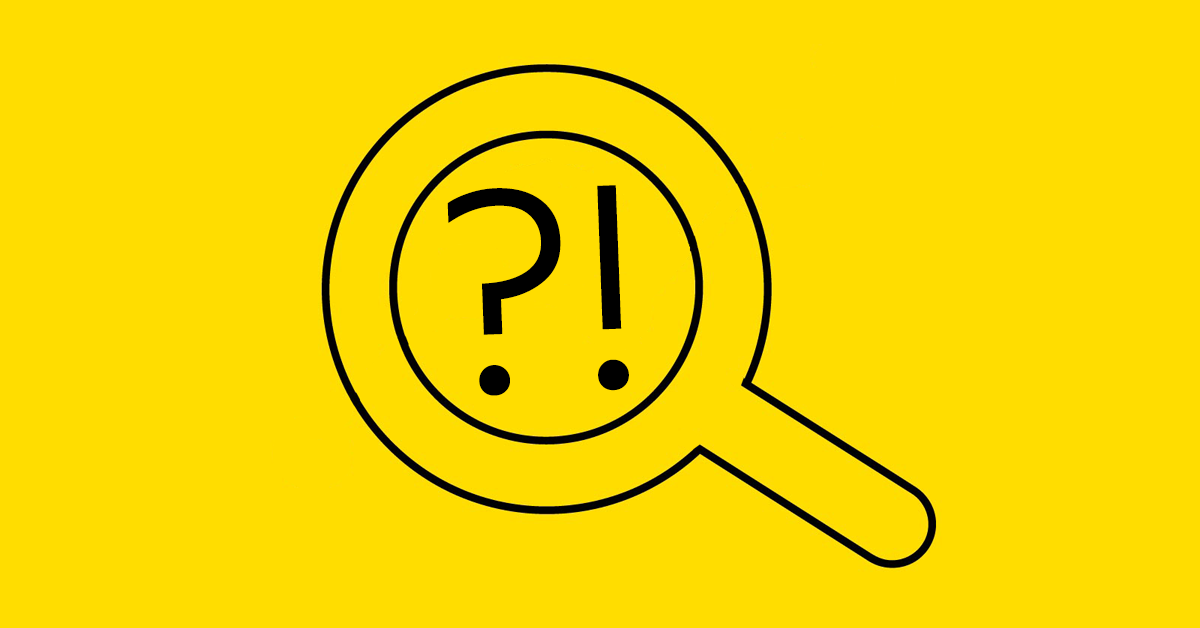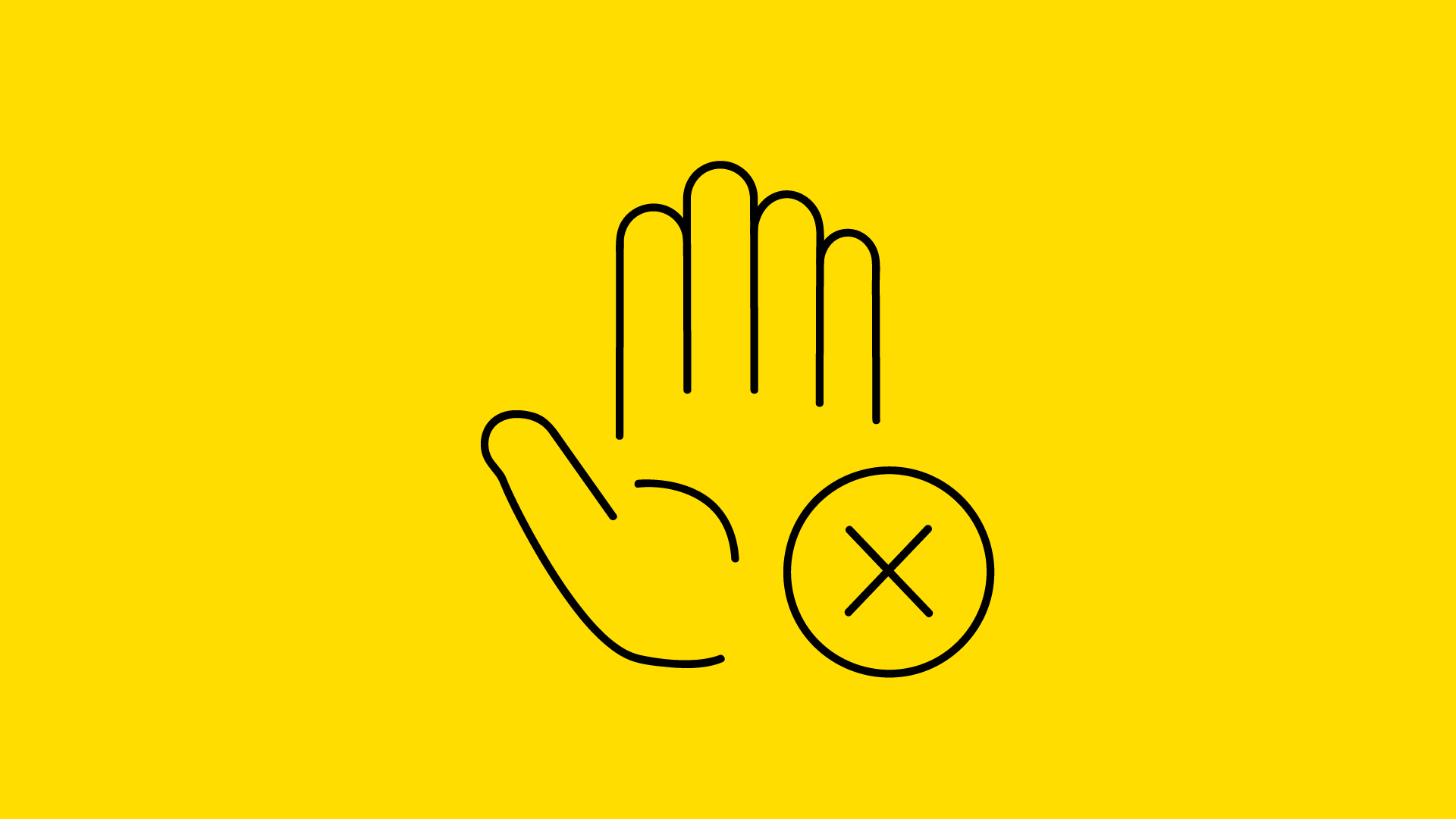In the study, researchers found that posting information about an outgroup — a group that holds an opposing viewpoint to a community you identify with — was the most significant indicator that a post would be successful.
Over the past eighteen months, the sharing of misinformation has had a devastating effect on our offline behaviour. During the global pandemic and the United States presidential election, we’ve seen how sharing emotionally charged posts can convince people to do dangerous things.
What types of posts should I be wary of sharing?
While we’re not suggesting you only share good news stories, it is important to think carefully before sharing posts online. Especially if those posts are only designed to stir up conflict. Even if you’re not actively spreading misinformation, your sharing habits may still be part of the problem. Be wary of sharing posts that contain:
- Clickbait words and phrases designed to generate outrage and attention
- Incorrect facts, altered timelines, incorrect place names or unreliable sources
- Sponsored content that makes claims about products that can’t be backed up
- Manufactured photos or digitally altered images that could deceive readers
- News that confirms our beliefs and discredits factual information that doesn’t align with our views
To help, we’ve put together four easy tips on how to share content online ethically.

FOLLOW THE CLUES FOR SAFER & MORE ETHICAL SOCIAL SHARING
1. Check your sources
Before you share another emotionally charged post online, make sure you check it comes from a reputable source. Anyone can create a website and publish content online. That doesn’t mean it is factual or accurate. If you share information that is in the interest of people’s health or safety, check that the source is backed by or in line with official sources.
This is particularly important when safety tips or information. After the Christchurch earthquake, misinformation about the so-called ‘triangle of safety’ circulated that contained factually incorrect and potentially harmful information. Today, we see the same issue with the spreading of misinformation on the covid-19 vaccine. If the information you’ve come across is new, has no context and goes against everything official sources are saying, don’t share it.
2. Look for context
Every day our brains are bombarded with thousands of pieces of information. Social media also promotes the use of short-form content. Tweets, memes and one-minute videos are all contributing to the reduction in our attention spans. These short pieces of content make it easy to skim-read information and share it without taking the time to think about whether it’s an accurate portrayal of the whole story.
Photos are a powerful example of how easily misinformation can spread. A photo with a caption can be quickly taken from one source and repurposed as a meme. Funny? Maybe. Misleading? Definitely. Look for the original source material to make sure the information you are about to share is accurate. If you can’t tell where the original photo or statement came from, don’t repost it.

The viral Twitter trend ‘Gonna tell my kids…’ is an amusing example of how photos can easily be used out of context on social media. Pictured: a promotional image for the new TV series Give Us A Clue.
3. Use more than one source to fact check
If you’re still unsure about the validity of the post you want to share, check to see who else has published the information. If you can’t find any credible sources talking about the issue, it’s a good idea not to share it.
Misinformation often leaves out important details, skews the facts or promotes the views of unqualified sources. Ask yourself whether the post contains information from qualified sources.
Cross-reference any key information you are concerned about with a Google search. If you can’t find any sources that share the information, it may not be accurate.
Many media outlets often cover important news. If you can’t find multiple angles on the topic, you should be careful about sharing it.
4. Evaluate what feeling this will give other people
Before sharing a piece of content, consider whether it is helpful or harmful to people inside and outside of your network. As humans, we tend t subconsciously accept news that reinforced our beliefs and negatively react to information that is different. It’s important to take time and reflect on how news makes you feel and how sharing it affects others.
Before sharing a post on social media, ask yourself: is this post helpful, necessary or hurtful towards others?

These are only three examples of things I have taken away from my work with Blitz Digital. There are so many tips and tricks to learn that this is just the beginning.
What can I share then?
Lots of things! The internet is filled with useful, fascinating information that is worth sharing. If the post you want to share is helpful, informative and factual, then go for gold.
Sharing posts and insights from small businesses is especially helpful. Not only will you be supporting a local business (entirely for free), you can help raise awareness, spread positivity and contribute to conversations that may benefit your local community.
If you like our business and digital marketing insights, you can follow us on Facebook and Instagram.